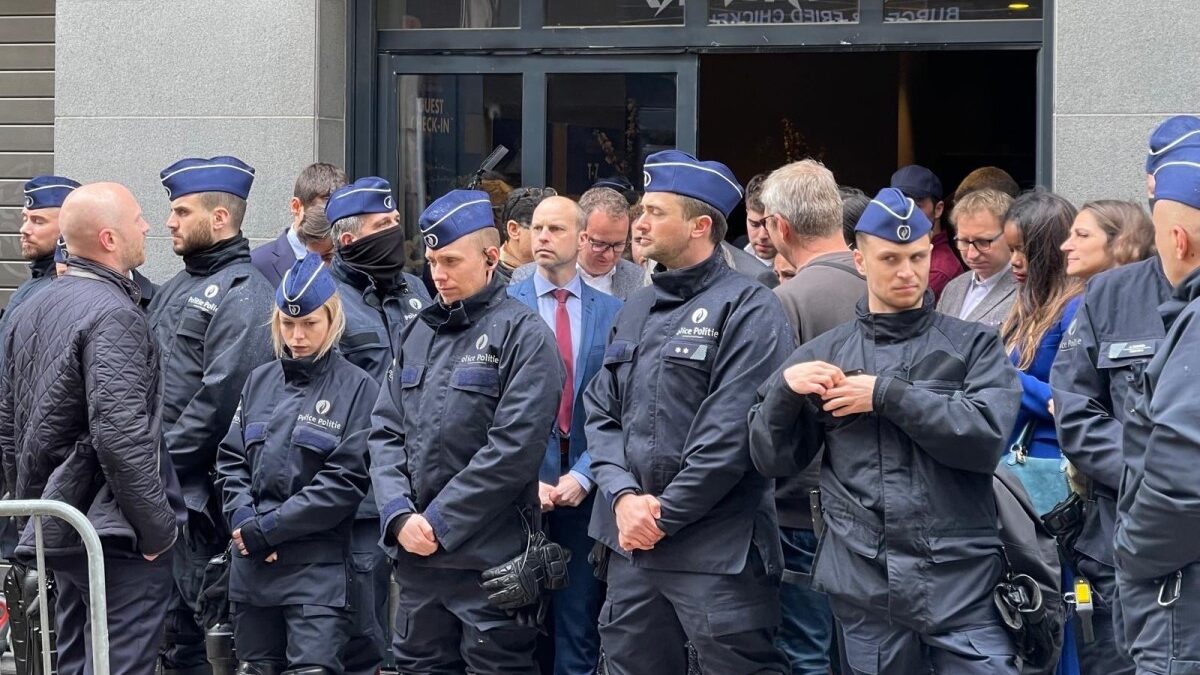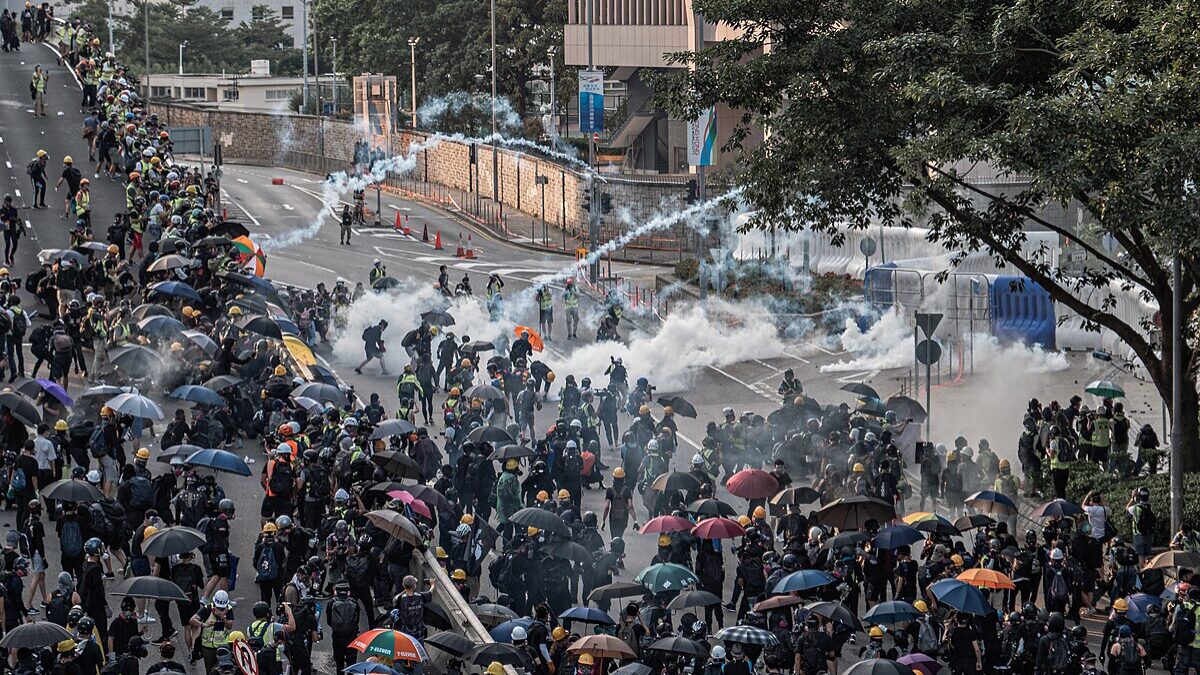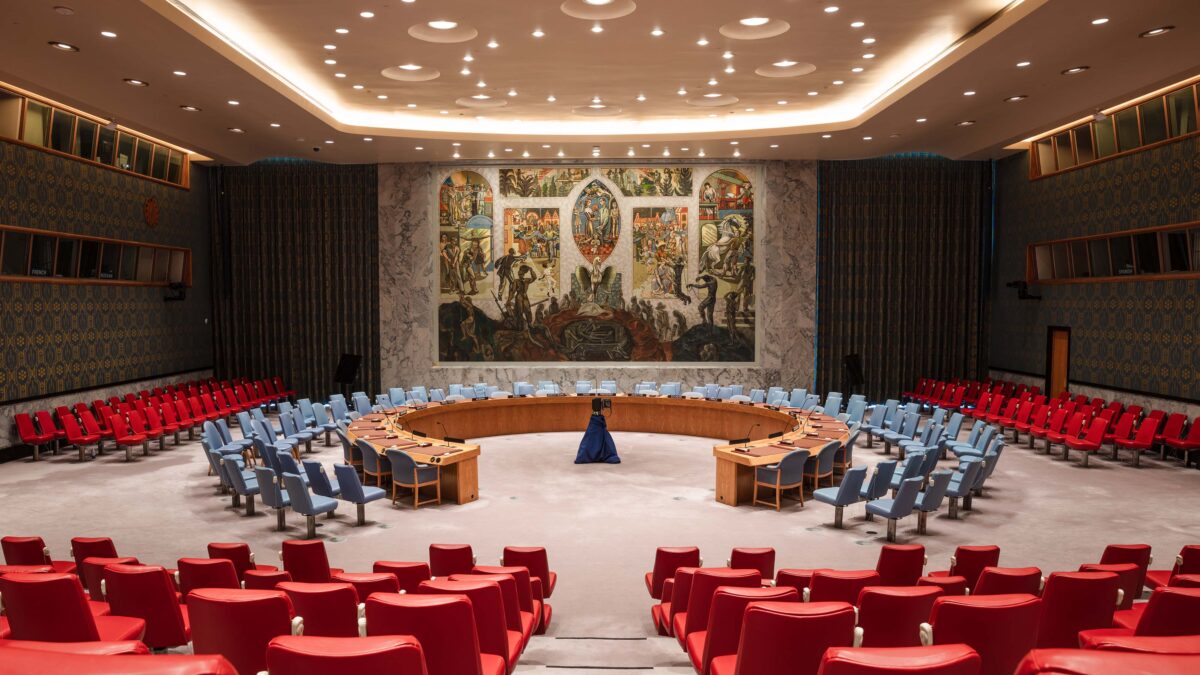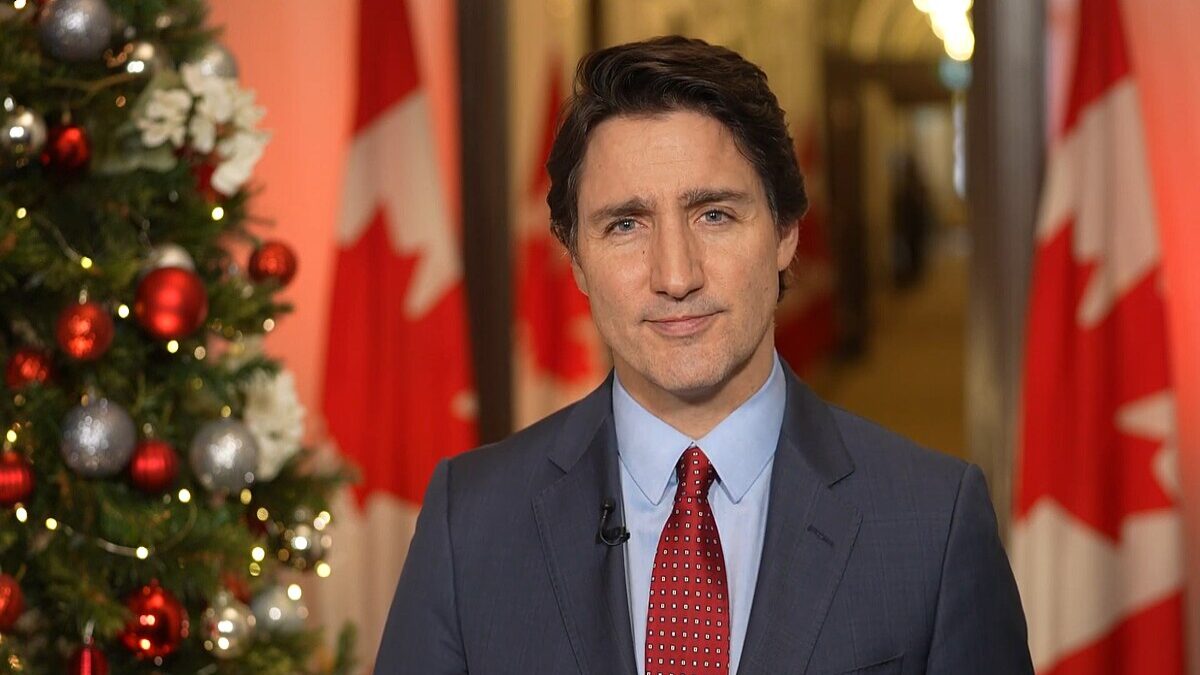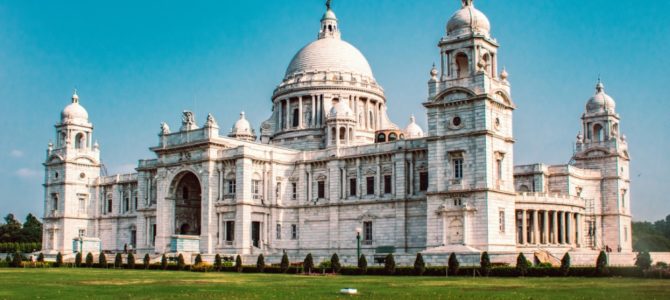
Perhaps the most visible effect of India’s mass vaccination production and implementation was the observable irony of China giving the world COVID-19, and India mass-producing the vaccine. In geopolitics, sometimes events land a little too on the nose, and this was one of those instances.
With the return of great-power rivalry, the conduct of the two major Asian rivals is under scrutiny. It is ironic that Beijing — the great hope of liberals since Bill Clinton — a stern technocracy with an efficient and disciplined political ruling class, not only began the COVID-19 outbreak out of incompetence but then continued to bully institutions like the World Health Organization to suppress the news. Conversely, the much-reviled, conservative-led, messy Indian republic is planning to export vaccines to save the world.
India, the largest global producer of vaccines and pharmaceuticals, has started its inoculation program. The scale of the project is simply unbelievable, and the geopolitical ramifications are massive and unprecedented. Indian authorities plan to give shots to 300 million people by August. To put it another way, this amounts to dispensing vaccines to roughly the entire population of the United States over the next six months.
The first recipients will include the armed forces, the uniformed services, health-care workers, and doctors first, numbering around 30 million. This will be followed by around 270 million Indians who are either older than 50 or have underlying health conditions.
Indian federal authorities have distributed vaccines to the states, and officials are supervising to administer the first round of vaccines in more than 3,000 centers set up across the country, with each aiming to vaccinate upwards of 100 people per day. In sum, 300,000 people will be vaccinated on the first day alone.
As the BBC reported, India’s drug regulators approved two vaccines. There’s the Covishield, the local name for the Oxford-AstraZeneca vaccine developed in the United Kingdom and mass-produced in India, and Covaxin, which is locally made by pharma company Bharat Biotech.
Earlier last year, the Serum Institute of India, which is the world’s largest vaccine maker, took a huge political gamble and got vaccines approved by the Indian regulators in case of production. It was a shot in the dark, and ended up hitting its target. The Serum Institute is producing the AstraZeneca and Oxford vaccines locally and is collaborating with the United Kingdom, having already pledged to manufacture more than 200 million doses.
As CNN reported at the time, the vaccine was cheapest and most easily available in the entire world, and “sold initially to the Indian government for $2.74 per dose — roughly its production cost,” as well as priced between $3 to $5 per dose for export, and at $13.70 on the private market.
The geopolitical significance of this is enormous. India is a vaccine superpower, as the manufacturing source for around 70 percent of all global vaccines. Given the country’s labor advantage, it’s extremely difficult for any other nation to compete. Vaccine production in the West will simply be outcompeted under any given situation, due to firstly labor cost and secondly technological know-how.
Consider the fact that major Indian vaccine companies can employ someone working on $5 a day, compared to the oft-proposed minimum wage of $15 per hour in the United States. India also churns out more than 30,000 engineers every year, and while most are exported to work in foreign companies, there are still enough left to work at home. Given the democratic accountability, it is far more transparent than a Chinese or Russian manufactured vaccine.
India also has the world’s largest universal immunization program, which vaccinates around 55 million people every year and with a volunteer health-care army running in millions, which is always trained, ready for any emergency, and comparatively well-geared. For example, ahead of the mass inoculation, CNN reports:
[The] Indian government has also been recruiting and training additional vaccinators and ramping up its stocks of cold-chain storage equipment such as walk-in coolers and freezers, deep freezers, and ice-lined refrigerators over the past few months.
The vaccine drive indicates a changing design of trade and a return to a very old system. People often forget that historically this was the norm between Britain and India ever since the industrial revolution. The British Empire’s rise to a global superpower was predicated on a gigantic and efficient and highly educated workforce. This was also seen in its valuable dominion of India, whose self-sustaining bureaucratic system — the Indian Civil Service — was highly competitive, selective, and elite, unlike most bureaucracy.
So the post-COVID-19 world looks like a return to this norm. Britain’s return to the East of Suez, and its trade and economic ties with the Quad (Japan, Australia, India, and the United States), are symbolic of a changing order and the strengthening of the old imperial alignments.
As a result of the vaccine sweep, Britain has already vaccinated millions of its people ahead of the European Union, which has failed to even start a proper union-wide vaccination program. The new model of British research and Indian manufacturing, likewise, should be of interest to American policymakers, who appear to be interested in forming an anti-China coalition, with the possibility that the European Union will be actively hostile to Anglo-American interests and side with China.


